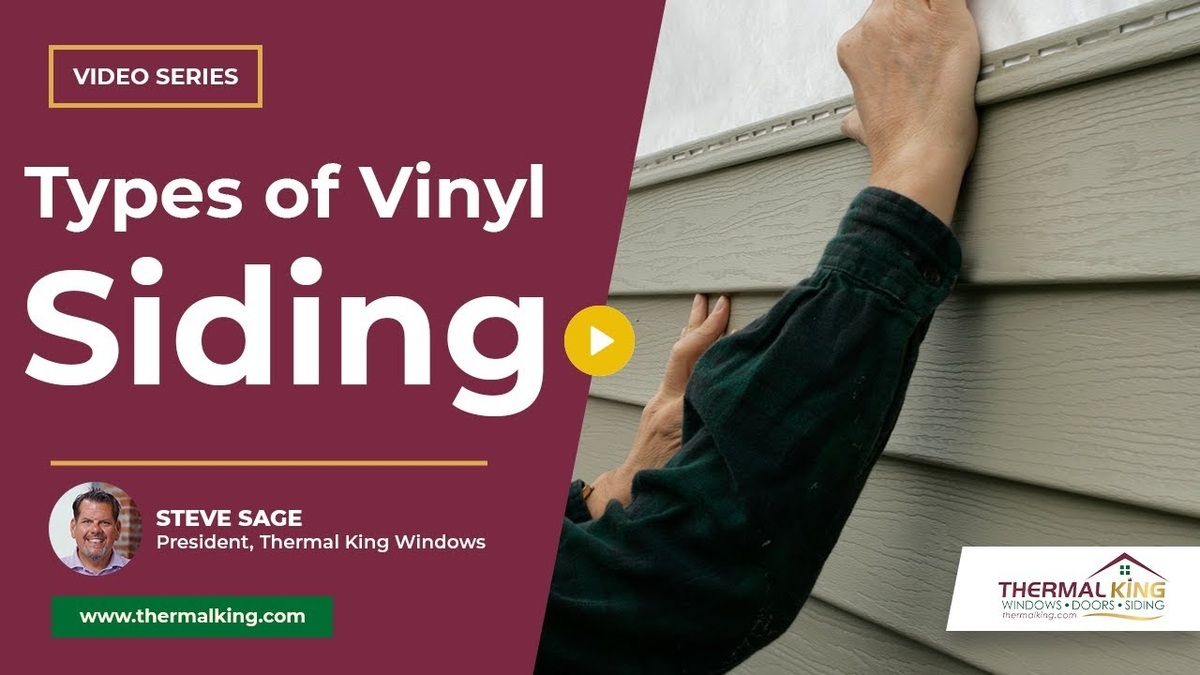Choosing the right windows isn’t just about style — it’s about safety, efficiency, and meeting local building codes. One of the most common questions we get from homeowners is about the difference between low-e glass and tempered glass. While they might sound similar, they do very different jobs, and both play a critical role in modern window design.
What is Low-E Glass?
Low-emissivity glass — or low-e glass — is now required by code in most municipalities. It has become the standard for energy-efficient windows, and for good reason.
How It Works
Low-e glass features a microscopic coating that reflects heat back to its source:
- During summer, it reflects heat out, keeping your home cooler.
- In the winter, it reflects indoor heat back in, helping maintain warmth.
That heat-reflecting tint makes low-e windows incredibly useful year-round. You get greater comfort and better energy savings — and since they’re code-compliant, every properly installed window today must have it.
What is Tempered Glass?
Tempered glass is also called safety glass, and it earns that name because of how it’s made — and how it breaks.
The Tempering Process
Tempered glass is heated to a very high temperature, which changes its molecular structure. That process makes the glass:
- Much stronger than standard glass
- More resistant to impact
- Break safely into 10,000 tiny pieces instead of dangerous large shards
If a regular pane of glass breaks, it can create large, jagged edges that can cause serious or even fatal injuries. But if tempered glass breaks, it shatters into many small bits, which might cause scratches or abrasions, but not severe injuries.
When is Tempered Glass Required?
Tempered glass is required by building code in specific parts of the home where there’s an increased risk of falls or accidents. These include:
1. Bathrooms and Showers
If you slip in the shower and fall into a window, standard glass can be extremely dangerous. That’s why code requires that any glass near a tub or shower be tempered — it greatly reduces the chance of a life-threatening injury.
2. Stairwells
Going up or down stairs increases the chance of tripping or falling. If there’s a window nearby, tempered glass ensures that if it does break, it won’t cause serious harm. It also holds up to more impact — meaning it might not even break at all.
3. Large Picture Windows Near the Floor
This one is about size and placement. If the glass is:
- Over 9 square feet, and
- Within 18 inches of the floor
then code says it must be tempered. These kinds of windows are common in back living rooms or areas with ceiling-to-floor picture windows.
There’s a good reason for this. Imagine a toddler riding a tricycle through the house. If they accidentally run into one of these windows:
- Standard glass could shatter into deadly shards
- Tempered glass will break into tiny, safer pieces, and the child might walk away with a few scratches, not serious injuries
Comparing Low-E and Tempered Glass
Let’s break down the difference between these two types of glass:
Low-E Glass:
- Has a heat-reflecting tint
- Helps with energy efficiency
- Required by code in most areas
- Keeps heat in during winter and out during summer
Tempered Glass:
- Strengthened through heating
- Breaks into tiny, less harmful pieces
- Used in high-risk areas like bathrooms, stairwells, and large windows near the floor
- Helps prevent serious injuries if broken
Can They Be Used Together?
Yes — and they often are. You can have tempered low-e glass in a single window, giving you the best of both worlds: safety and energy savings. That’s especially helpful in rooms like bathrooms where you want both code compliance and comfort.
In Summary
Understanding the difference between low-E glass vs. tempered glass windows helps you make smarter choices for your home. Low-E glass improves energy efficiency by reflecting heat, which can lower your energy bills. Tempered glass is designed for safety, breaking into small pieces to reduce the risk of serious injury. Most modern homes require both, depending on where the window is located.
At Thermal King, we make sure your windows meet code and are installed with the right glass for both comfort and protection. If you have questions about which glass is right for your home, contact us today.



